Mehmet Fatih Ozkan
Real-Time Optimal Design of Experiment for Parameter Identification of Li-Ion Cell Electrochemical Model
Apr 22, 2025Abstract:Accurately identifying the parameters of electrochemical models of li-ion battery (LiB) cells is a critical task for enhancing the fidelity and predictive ability. Traditional parameter identification methods often require extensive data collection experiments and lack adaptability in dynamic environments. This paper describes a Reinforcement Learning (RL) based approach that dynamically tailors the current profile applied to a LiB cell to optimize the parameters identifiability of the electrochemical model. The proposed framework is implemented in real-time using a Hardware-in-the-Loop (HIL) setup, which serves as a reliable testbed for evaluating the RL-based design strategy. The HIL validation confirms that the RL-based experimental design outperforms conventional test protocols used for parameter identification in terms of both reducing the modeling errors on a verification test and minimizing the duration of the experiment used for parameter identification.
Improving Low-Fidelity Models of Li-ion Batteries via Hybrid Sparse Identification of Nonlinear Dynamics
Nov 20, 2024Abstract:Accurate modeling of lithium ion (li-ion) batteries is essential for enhancing the safety, and efficiency of electric vehicles and renewable energy systems. This paper presents a data-inspired approach for improving the fidelity of reduced-order li-ion battery models. The proposed method combines a Genetic Algorithm with Sequentially Thresholded Ridge Regression (GA-STRidge) to identify and compensate for discrepancies between a low-fidelity model (LFM) and data generated either from testing or a high-fidelity model (HFM). The hybrid model, combining physics-based and data-driven methods, is tested across different driving cycles to demonstrate the ability to significantly reduce the voltage prediction error compared to the baseline LFM, while preserving computational efficiency. The model robustness is also evaluated under various operating conditions, showing low prediction errors and high Pearson correlation coefficients for terminal voltage in unseen environments.
Parameter Identification for Electrochemical Models of Lithium-Ion Batteries Using Bayesian Optimization
May 17, 2024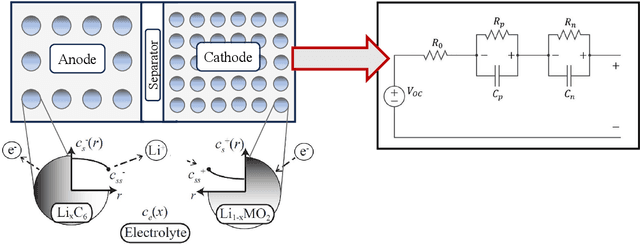
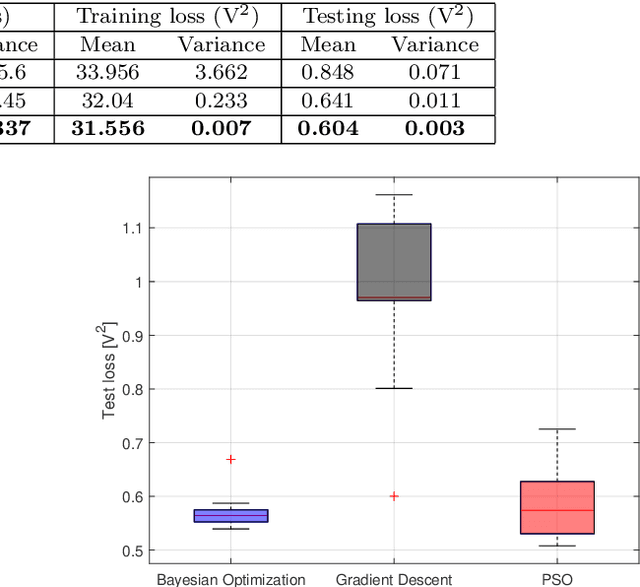
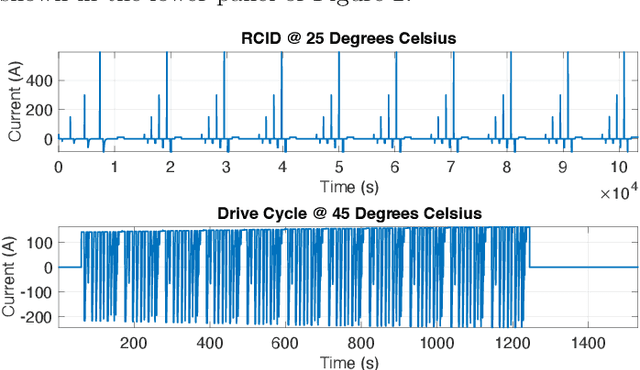
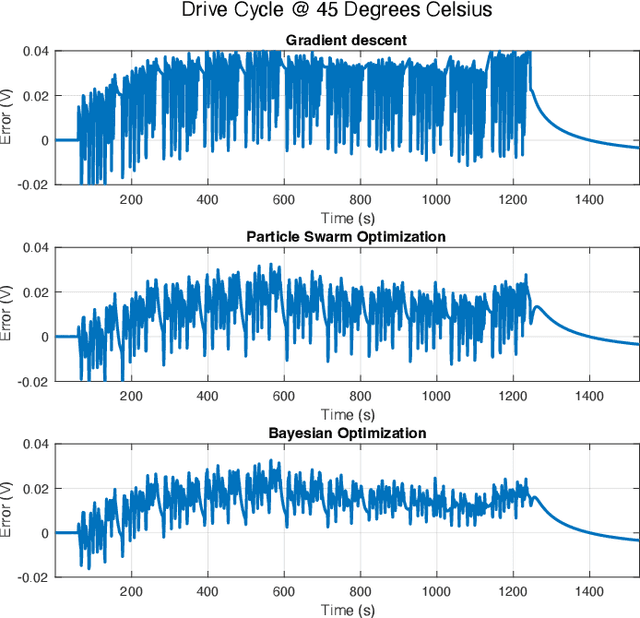
Abstract:Efficient parameter identification of electrochemical models is crucial for accurate monitoring and control of lithium-ion cells. This process becomes challenging when applied to complex models that rely on a considerable number of interdependent parameters that affect the output response. Gradient-based and metaheuristic optimization techniques, although previously employed for this task, are limited by their lack of robustness, high computational costs, and susceptibility to local minima. In this study, Bayesian Optimization is used for tuning the dynamic parameters of an electrochemical equivalent circuit battery model (E-ECM) for a nickel-manganese-cobalt (NMC)-graphite cell. The performance of the Bayesian Optimization is compared with baseline methods based on gradient-based and metaheuristic approaches. The robustness of the parameter optimization method is tested by performing verification using an experimental drive cycle. The results indicate that Bayesian Optimization outperforms Gradient Descent and PSO optimization techniques, achieving reductions on average testing loss by 28.8% and 5.8%, respectively. Moreover, Bayesian optimization significantly reduces the variance in testing loss by 95.8% and 72.7%, respectively.
Inverse Reinforcement Learning Based Stochastic Driver Behavior Learning
Aug 03, 2021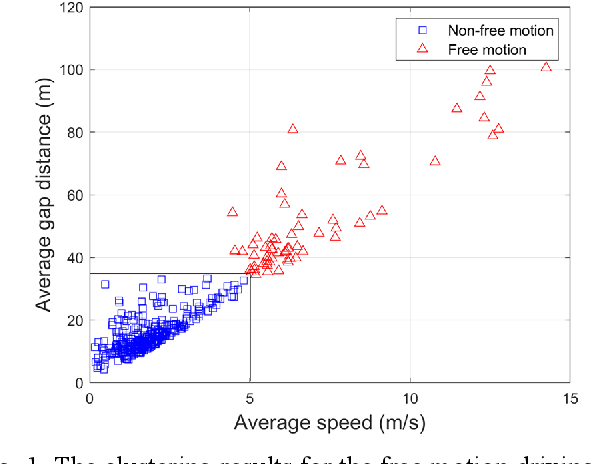



Abstract:Drivers have unique and rich driving behaviors when operating vehicles in traffic. This paper presents a novel driver behavior learning approach that captures the uniqueness and richness of human driver behavior in realistic driving scenarios. A stochastic inverse reinforcement learning (SIRL) approach is proposed to learn a distribution of cost function, which represents the richness of the human driver behavior with a given set of driver-specific demonstrations. Evaluations are conducted on the realistic driving data collected from the 3D driver-in-the-loop driving simulation. The results show that the learned stochastic driver model is capable of expressing the richness of the human driving strategies under different realistic driving scenarios. Compared to the deterministic baseline driver behavior model, the results reveal that the proposed stochastic driver behavior model can better replicate the driver's unique and rich driving strategies in a variety of traffic conditions.
 Add to Chrome
Add to Chrome Add to Firefox
Add to Firefox Add to Edge
Add to Edge